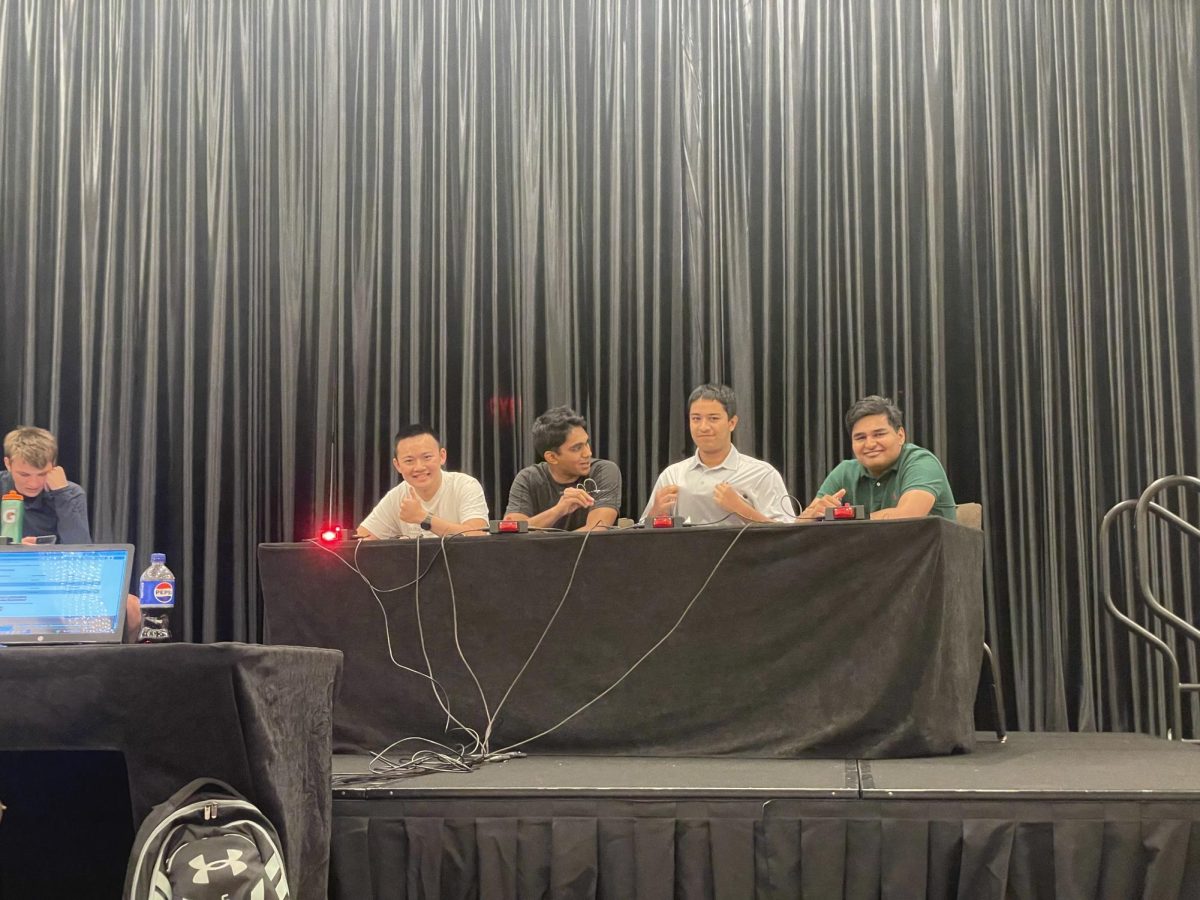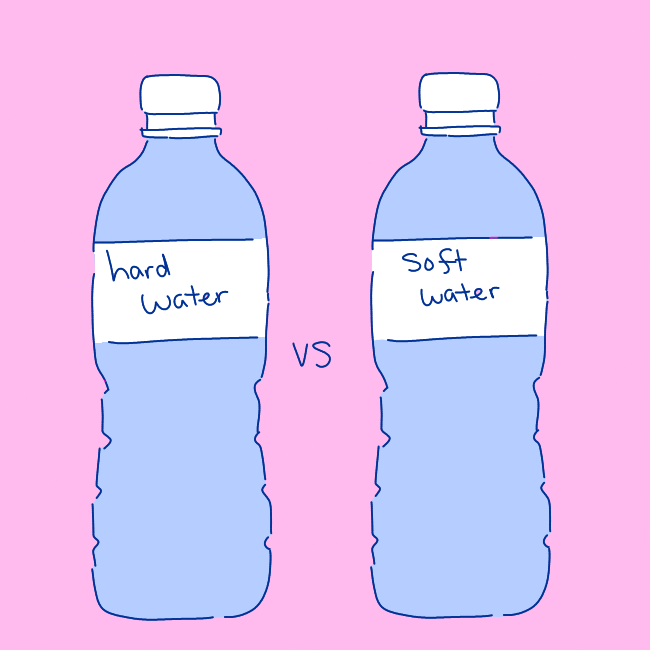For many student athletes, P.E. exercises like squats, push-ups and running laps are relatively simple and good to do. In the past, these exercises have kept them in shape for their sport’s season, during which their P.E. class is replaced with a free period. This free period has provided the perfect opportunity to complete work or get extra sleep.
Under the district’s new interpretation of the California Education Code standards for physical education, this free period during a team’s season will no longer be an option for the Class of 2028.
In January, the district announced sports will no longer fulfill the required freshman P.E. credit for the upcoming school year, a policy that has run into no problems in the past 20 years it has been in place. Freshmen in sports will still need to take P.E. to satisfy graduation requirements. An exception are music students taking marching band in the fall and winter percussion or winter guard during the spring. Not only has the change affected regular students on sports teams but also the selective elite athletes who take Independent Study PE (ISPE). ISPE is for athletes at a state or national level. With proof that they are involved in an outside sport at a state or national level, they have been allowed to skip P.E. but, still receive the required credits. With the district’s new interpretation, these exceptional athletes will have to take beginner’s P.E., adding on to their already rigorous outside competitive training.
For students trying to explore or continue their love for a sport, this change to the overall P.E. policy is far from ideal, as participating in sports along with attending P.E. classes will overly burden their already busy schedules. Worse still, this change may shrink some of the school’s already small and struggling sports teams.
Currently, many freshmen choose to play a sport over taking P.E. This influx of freshman players provides a key base of participants for sport teams.
Even before this change, many teams have had significantly low numbers, which is likely to worsen next year when the policy is implemented. The boys’ lacrosse and girls’ and boys’ swim and baseball all lack JV teams this spring. The girls’ volleyball team had an 11-person roster, consisting mostly of freshmen and former JV players. The boys’ wrestling team had only one team of 10 students, five being freshmen, forcing them to forfeit 10 out of 20 matches each meet.
Doing any sport requires a big time commitment. Practices take place almost every weekday, and games occur as often as twice a week. Basketball has six 2-hour practices each week; meets and game days for sports like cross country, track and field, swim and volleyball often take more than four hours. Under the new P.E. requirements, student-athletes will lose the free period they have to do their schoolwork, giving them little time after practices and matches to be a student.
P.E. classes also tax the bodies of student athletes. With practices and games after school and workouts during P.E. class, athletes’ bodies risk being overworked, resulting in constant soreness that increases exhaustion and affects overall performance.
As much as we disagree with the district’s new interpretation of the state rules surrounding P.E., the new policy is highly unlikely to change, so the next best thing will be making certain effective changes in the P.E. program that could help athletes. P.E. teachers can design two separate workouts: one for athletes in season and one for nonathletes. Athlete-focused workouts more fit their physique would help them improve and get stronger. A separate, higher level class could also be created as an option for freshmen, like the existing strength and conditioning class, to help athletes improve their skill sets.
The negative effects of the policy change will not help the participation rate of school’s sports teams, but perhaps the effects on athletes can be minimized by differentiating the workouts athletes do in P.E. classes.





























